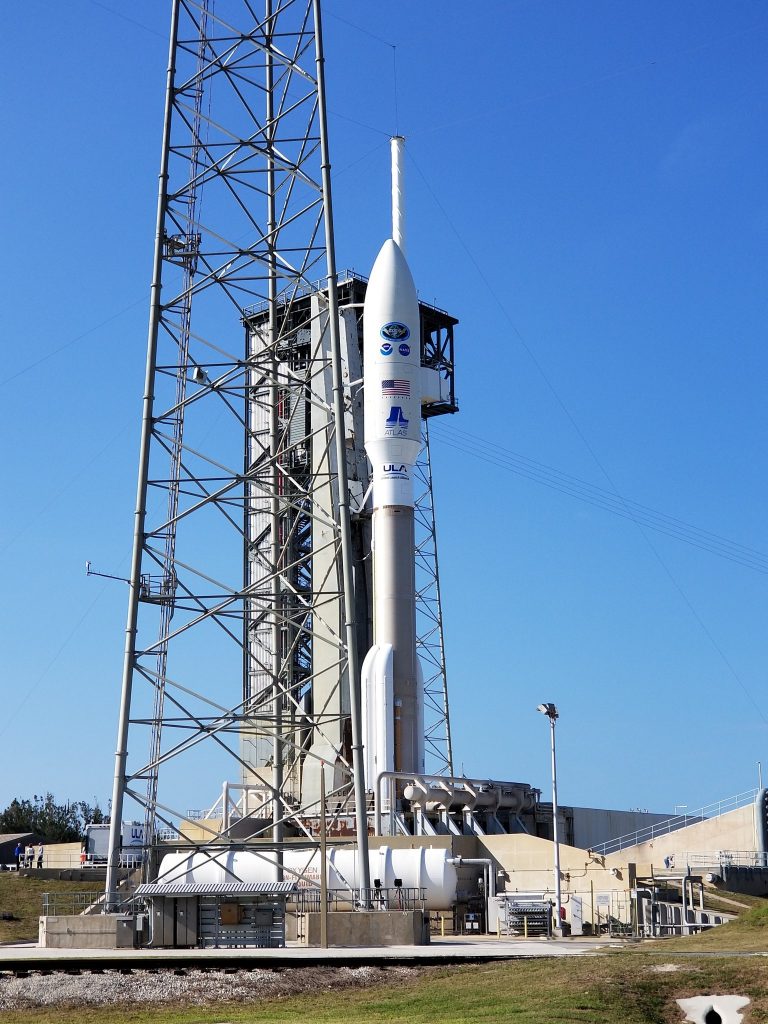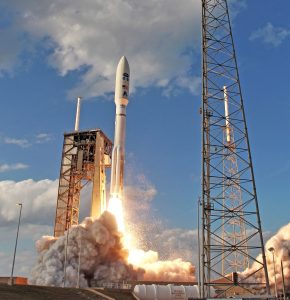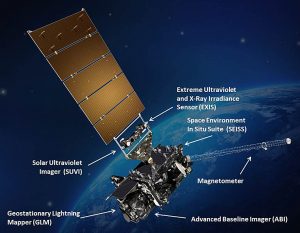
A new weather satellite, the GOES-S, which was launched from Florida just months ago, appears to be suffering from a serious malfunction. A United Launch Alliance (ULA) Atlas V rocket brought the GOES-S satellite to space for NASA and NOAA on the evening of March 1. The picture-perfect launch brought the latest satellite in the Geostationary Operational Environmental Satellite (GOES)-R series of satellites to orbit. After reaching orbit, the GOES-S was re-named to GOES-17. After a check-out period that was to extend through this spring, GOES-17 was to go into service as GOES-West and provide the Pacific and western United States with coverage to compliment GOES-East, which is doing the same for the Atlantic and eastern United States.

During this check-out phase of the satellite before it became operational, program specialists identified a significant malfunction with the Advanced Baseline Imager. The issue affects 13 of the infrared and near-infrared channels on the instrument, which has a total of 16 channels. At this time, NOAA does not believe that the three channels with the shortest wavelengths, which includes the visible channels, are significantly affected. A team of experts from NOAA, NASA, the ABI contractor team and industry are investigating the issue and pursuing multiple courses of possible corrective actions.
The problem has to do with the plumbing for the cooling system that keeps the imager’s infrared detectors sufficiently chilled. Stephen Volz, NOAA’s assistant administrator for satellite and information services, told reporters that the glitch is a “serious problem” during a conference call yesterday. “This is the premier Earth-pointing instrument on the GOES platform, and 16 channels, of which 13 are infrared or near-infrared, are important elements of our observing requirements, and if they are not functioning fully, it is a loss. It is a performance issue we have to address”, said Volz.

NOAA’s operational geostationary constellation — GOES-16, operating as GOES-East, GOES-15, operating as GOES-West and GOES-14, operating as the on-orbit spare — is healthy and monitoring weather across the nation each day, so there is no immediate impact from this performance issue. However, having the latest technology not operational will be a blow to meteorologists and forecast models that were depending on high-resolution imagery and data to improve forecasts.
If efforts to restore the cooling system are unsuccessful, alternative concepts and modes will be considered to maximize the operational utility of the ABI for NOAA’s National Weather Service and other customers.
GOES-T, a third identical weather satellite to the GOES-R and GOES-S, is currently being tested and readied for an eventual launch. Currently, that launch is slated for the summer of 2020. However, if the failure of GOES-S isn’t rectified and isn’t duplicated in the GOES-T satellite, mission managers may move up the launch of it to replace the malfunctioning satellite.